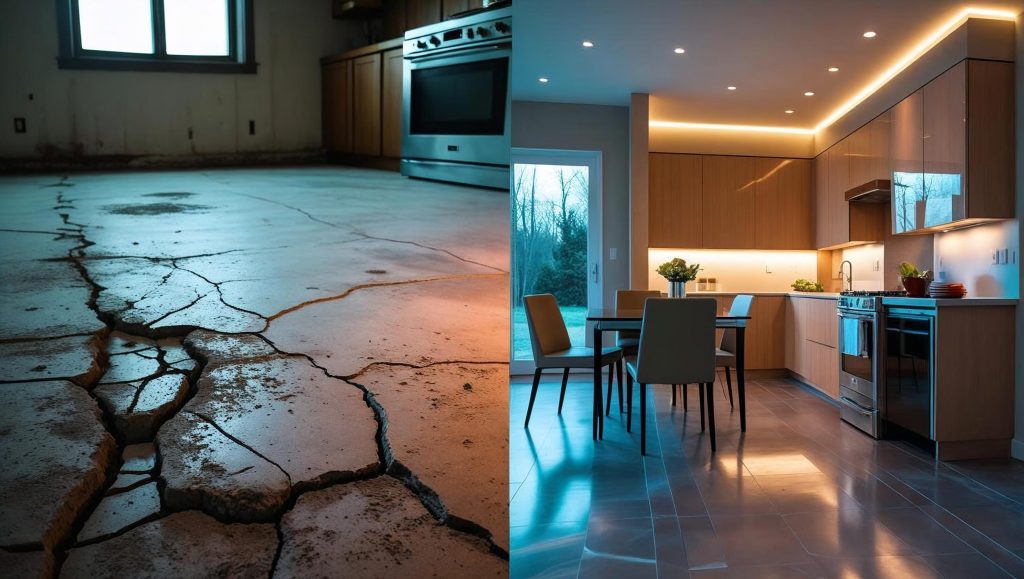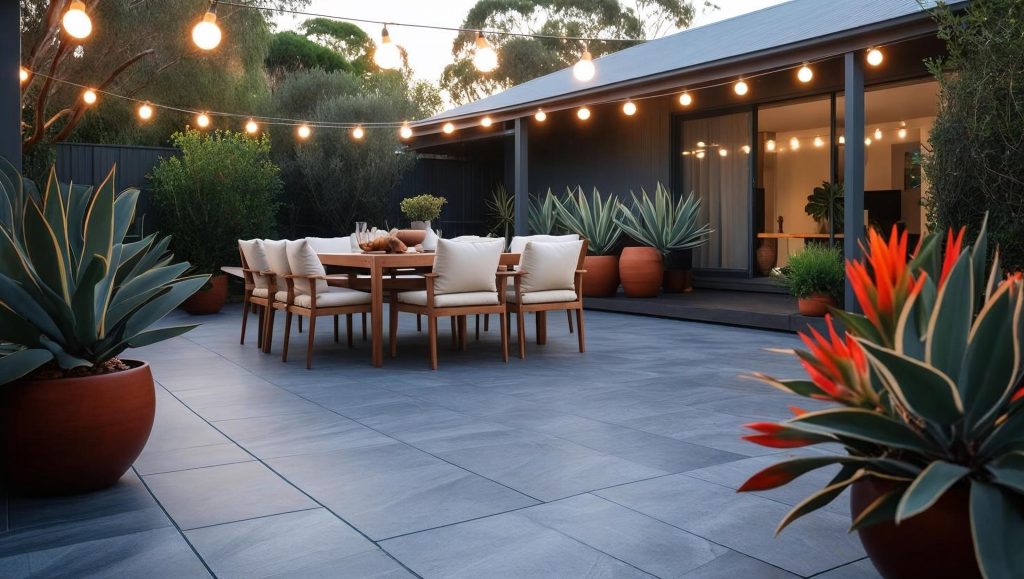Self-levelling compounds are essential for creating smooth, even surfaces for flooring projects. Whether you’re renovating a home, prepping a commercial space, or diving into a DIY project, picking the right compound ensures a professional finish. This guide explores types, uses, and key tips to help you choose wisely, delivering durable and stunning floors.
What Is a Self-Levelling Compound?
A self-levelling compound is a cement-based mix that smooths uneven subfloors. Mixed with water, it flows to fill cracks and dips, creating a flat surface without much manual effort. It’s perfect for prepping subfloors for tiles, vinyl, carpet, or hardwood, ensuring a strong base that boosts your floor’s look and lifespan.
Benefits of Self-Levelling Compounds
- Time-Saving: Applies quickly and dries fast.
- Versatile: Works on concrete, timber, or tiles.
- Smooth Results: Delivers a pro-level finish easily.
- Strong: Handles heavy foot traffic with ease.

Types of Self-Levelling Compounds
Choosing the right compound depends on your project. Here are the main types:
1. Cement-Based Compounds
- Best For: Indoor concrete subfloors.
- Features: Budget-friendly, easy to use, with solid strength (25-40 MPa).
- Use Case: Prepping a concrete slab for vinyl in a lounge room.
2. Polymer-Modified Compounds
- Best For: High-traffic or outdoor areas.
- Features: Flexible, strong adhesion, suitable for thick layers (up to 50mm).
- Use Case: Levelling a balcony or carpark subfloor.
3. Fibre-Reinforced Compounds
- Best For: Timber subfloors or heated floors.
- Features: Fibres add strength and resist cracks, ideal for movement-prone surfaces.
- Use Case: Smoothing plywood for heated bathroom tiles.
4. Acrylic-Based Compounds
- Best For: Small DIY projects.
- Features: Easy to mix with acrylic liquid, great flow for beginners.
- Use Case: Levelling a small laundry subfloor for tiling.

How to Choose the Right Compound
Consider these factors to pick the perfect self-levelling compound:
1. Subfloor Type
- Concrete: Most compounds work, but test for moisture.
- Timber: Use fibre-reinforced for flexibility.
- Tiles: Choose compounds for non-porous surfaces with primer.
2. Layer Thickness
Most compounds cover 1.5–20mm; some polymer options go up to 50mm. Thicker jobs may need multiple pours.
3. Drying Time
- Fast-Drying: Walkable in 2–3 hours, great for quick turnarounds.
- Standard: Cures in 6–24 hours, depending on conditions.
4. Environment
- Indoor/Outdoor: Outdoor compounds resist weather changes.
- Wet Areas: Pick water-resistant options for bathrooms or laundries.
5. Strength
For busy areas like shops or warehouses, choose compounds with high strength (e.g., 40 MPa).

Applying a Self-Levelling Compound: Quick Steps
Get it right with these steps:
- Prep the Subfloor
- Clean away dust, grease, or debris.
- Fix cracks with filler.
- Apply primer for better adhesion.
- Clean away dust, grease, or debris.
- Mix the Compound
- Follow water-to-powder ratios on the pack.
- Mix with a drill for a smooth consistency.
- Follow water-to-powder ratios on the pack.
- Pour and Spread
- Start in a corner, moving towards the exit.
- Spread with a trowel or gauge rake.
- Use a spiked roller to remove bubbles.
- Start in a corner, moving towards the exit.
- Let It Cure
- Wait until walkable (check product guide).
- Allow 24–48 hours before laying flooring.
- Wait until walkable (check product guide).
Mistakes to Avoid
Don’t trip up on these common errors:
- Poor Prep: Dirty subfloors ruin adhesion.
- Bad Mixing: Wrong water ratios weaken the mix.
- Rushing: Early traffic causes dents or cracks.
- Wrong Choice: Match the compound to your project.
Key Takeaways
- Self-levelling compounds smooth subfloors for tiles, vinyl, or hardwood.
- Pick cement-based for indoors, polymer for heavy use, fibre-reinforced for timber, or acrylic for DIY.
- Check subfloor type, thickness, drying time, and environment before choosing.
- Prep well and follow application steps for a perfect finish.
- Avoid mistakes like poor prep or rushing to ensure durability.
Start Your Flooring Journey
Ready for flawless floors? Assess your subfloor and project needs. For top-quality self-levelling compounds and expert guidance, visit Elyment Group at elyment.com.au. We’ll help you nail the perfect floor!
Source Inspiration: Adapted from FloorVenue’s Guide to Self-Levelling Compound, with original insights for Australian readers.
Follow us on X: @ElymentGroup | Visit: elyment.com.au
